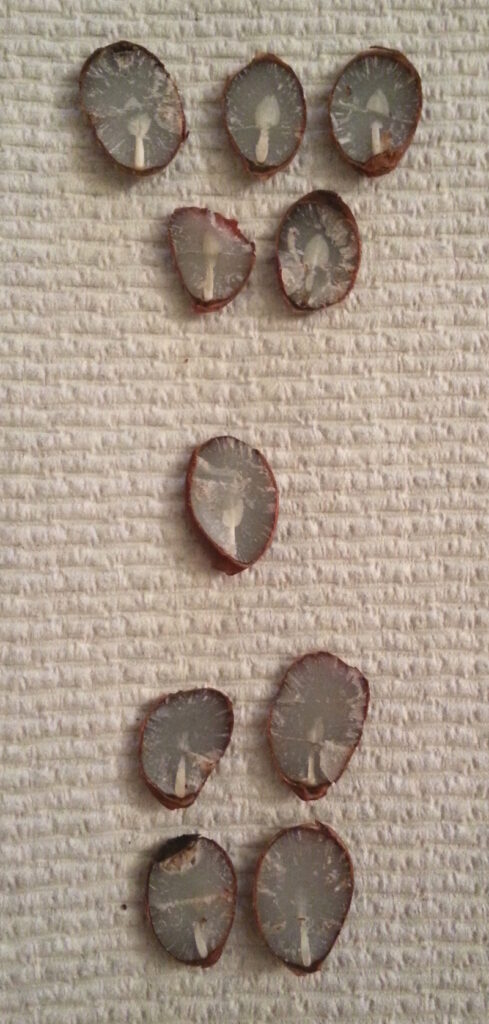Today we begin our four-part winter outlook series with the forecasts from some well-known bits of folklore.
From bugs to plants to sun spots, many natural phenomena have become the basis for winter weather forecasts. While our own scientific knowledge of the atmosphere tends to give us a more confident forecast for the coming seasons, the old folklore remains popular for making weather predictions. Let’s take a look at a few folklore-based forecasts for the coming winter.
Farmers’ Almanacs
Although their exact formulas are closely guarded, the supposed skill of seasonal forecasts found in farmers’ almanacs comes from astronomical observations as well as weather patterns. Our analysis of the almanacs found they aren’t as accurate as some claim, but they remain a widely cited source of winter forecasts across the country.
For this winter, the two major almanacs have similar forecasts for North Carolina. First, from The Old Farmer’s Almanac:
Winter will be colder and drier than normal, with near- to above-normal snowfall. The coldest periods will be in early to mid-December, from late December through early January, and in mid- and late January. The snowiest periods will be in early and mid-January.
The Farmers’ Almanac calls for “Crisp & Very Stormy” weather in North Carolina and the mid-Atlantic states, with “active wintry weather” along the east coast in early January and early February.

The Woolly Worm
Among nature’s purported prognosticators is the woolly bear caterpillar, often called the woolly worm. The worm’s black and brown colors are said to foretell cold and mild weather, respectively.
We have previously discussed the woolly worm’s forecasting abilities and the possible connection between the woolly worm and the weather: An earlier onset of spring gives the worms more time to molt, which may allow more brown bands to develop. That means they may tell us more about the weather in the previous winter than in the coming one.
Of course, the legend remains popular, and each year, Banner Elk in the North Carolina mountains hosts the Woolly Worm Festival, which pits the critters against each other in races to determine the winner and the official winter forecaster. This year’s winner, Kwazimodo, predicted cold and snowy weather in December and January, then below-average temperatures with little snow in February, followed by a cold and snowy March.

The Persimmon Seed
Another long-lived winter forecasting legend surrounds the persimmon, an orange fruit grown on trees across the Southeast. If you cut open the seed inside, the white embryo (or cotyledon) tends to make a few different shapes that supposedly foretell the coming winter’s weather. According to the legend, a spoon-shaped embryo signals a snowy winter, a knife shape signals a “cutting wind” and cold temperatures, and a fork shape foretells milder conditions.
Is there any science behind the persimmon’s winter forecasts? Not as far as we can tell. According to Vic Ford, director of the Southwest Research and Extension Center in Hope, AR, the utensil shape is determined by the orientation in which the embryo and its leaves grow inside the seed, and not by any potential weather pattern.
Also, it appears that Mother Nature plays favorites with the seed shapes: Most studies show that at least 50% of seeds have a spoon shape, which tends to make that the most likely outcome every year.
Nevertheless, we thought we’d pit the persimmon pits against the other folklore forecasts and our own winter outlook. We gathered 10 persimmons from a tree outside our office, opened them up, and sliced the seeds in half. The results showed 5 spoons, 1 fork, and 4 knives. That hints at snowy and cold weather for the winter.
How will these folklore-based forecasts fare? Stay tuned to the Climate Blog this winter and spring for updates.